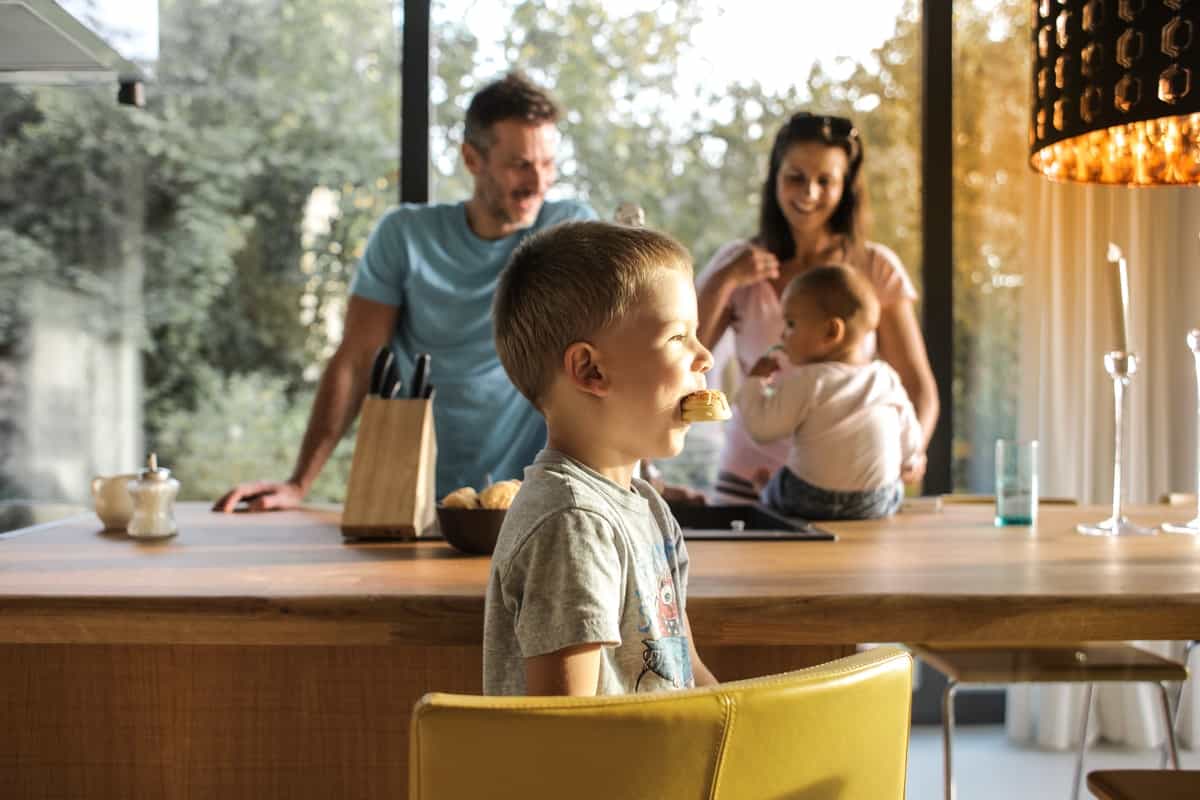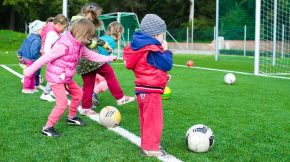5 Tips for Encouraging Water Responsibility in Children
Share

Be data detectives
There are many websites that provide templates for kids to record household weekly water consumption. Little ones can start with counting how many times toilets are flushed and taps are used, while older children can look at the water utility bill with parents to calculate monthly water consumption. Seeing just how much water is actually used can be surprising to kids; use this as a conversation-starter about the importance of water conservation.
Turn it off
Help children make simple changes to water usage in the bathroom. Simply turning off the tap while brushing teeth saves an average of 200 gallons of water per month. This easy water-saving habit makes an immediate impact that kids can feel good about.
Log on
There are many websites that have fun games to help little ones understand water consumption and conservation. Look for educator or government websites that have resources for your child’s age group to find the most appropriate material. A good place to start is the Water—Use It Wisely website.
Model conservation
When you do things around the house that conserve water, talk about it out loud with your kids. They may be too small to run the washing machine, but you can tell them that you’re reducing the water level for a small load. Have kids help you look for leaky faucets to fix, and explain how drips add up over time to make wasted gallons of water. This promotes a culture of water conservation in the home that children will embrace with repetition.
Go outside
Spend family time at lakes, rivers, streams, or the ocean. Encourage interest in water activities that have low environmental impact. Help them learn about and plant and wildlife near and around water. If kids grow up loving the water and what lives in it, they become personally invested and are more likely to take interest in conservation of our precious water ecosystems.
Teaching children about water conservation is one of the smartest ways we can safeguard our water supplies in the future. Today’s little people will be tomorrow’s leaders, and instilling a culture of water conservation from an early age will hopefully make careful water consumption a required societal norm in the future.
























